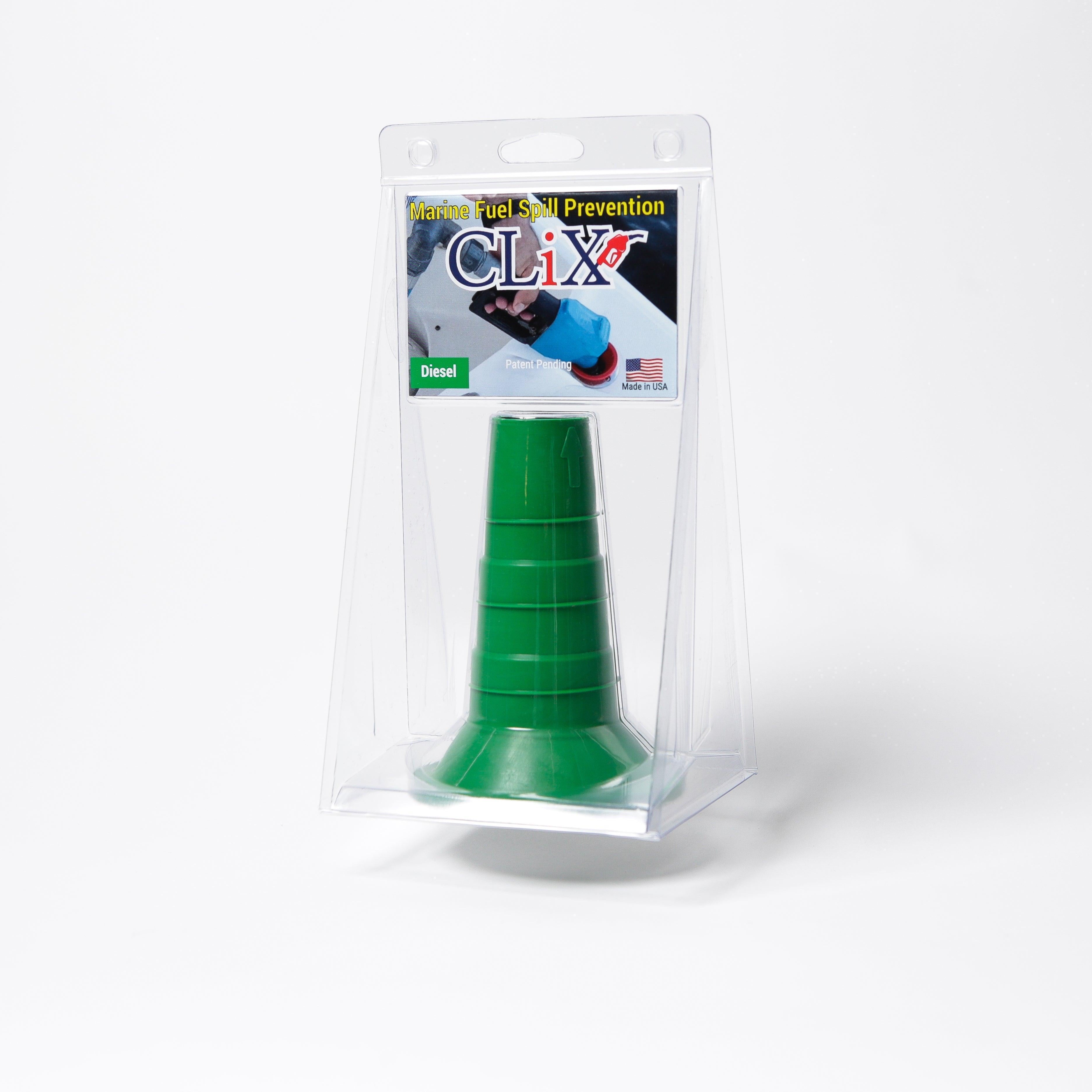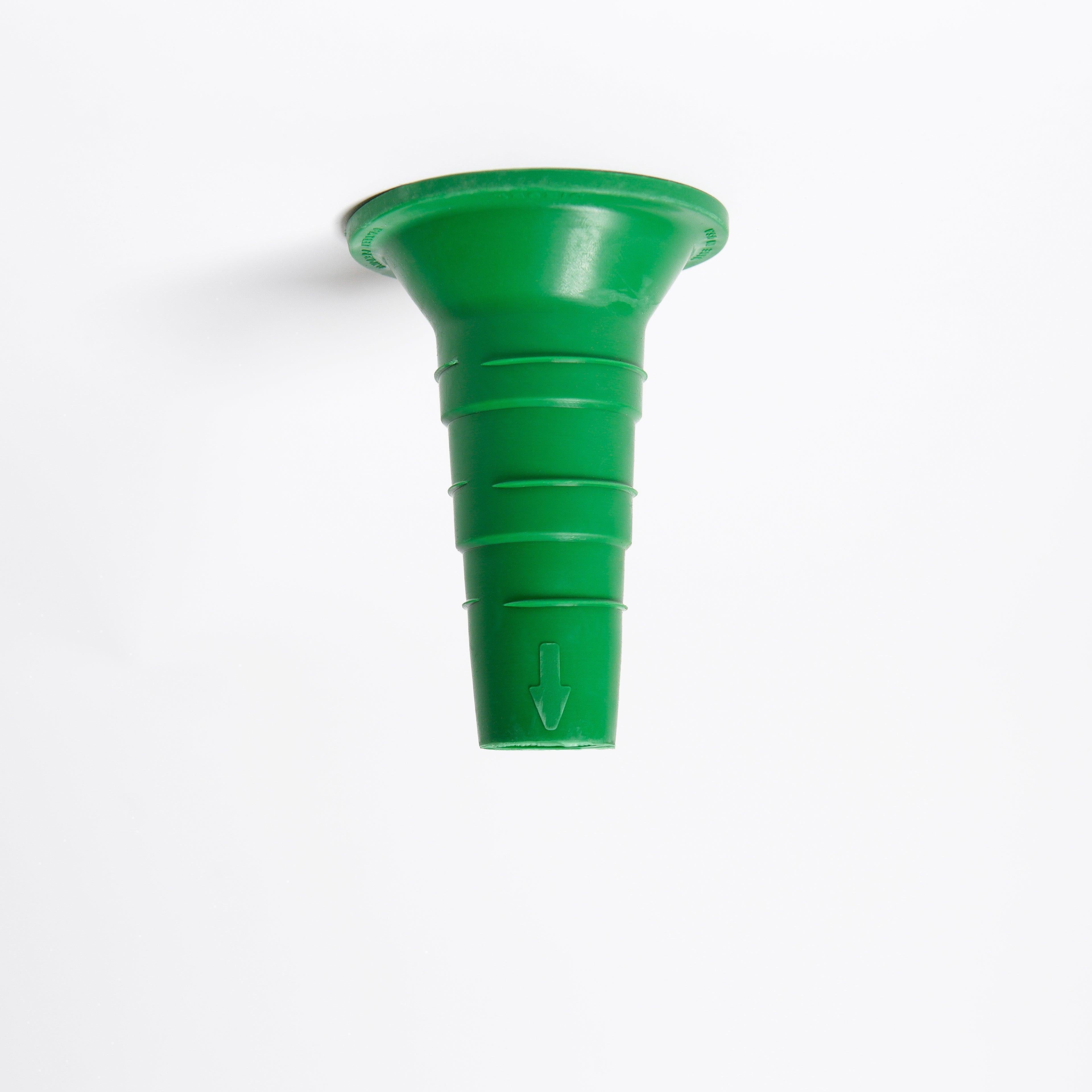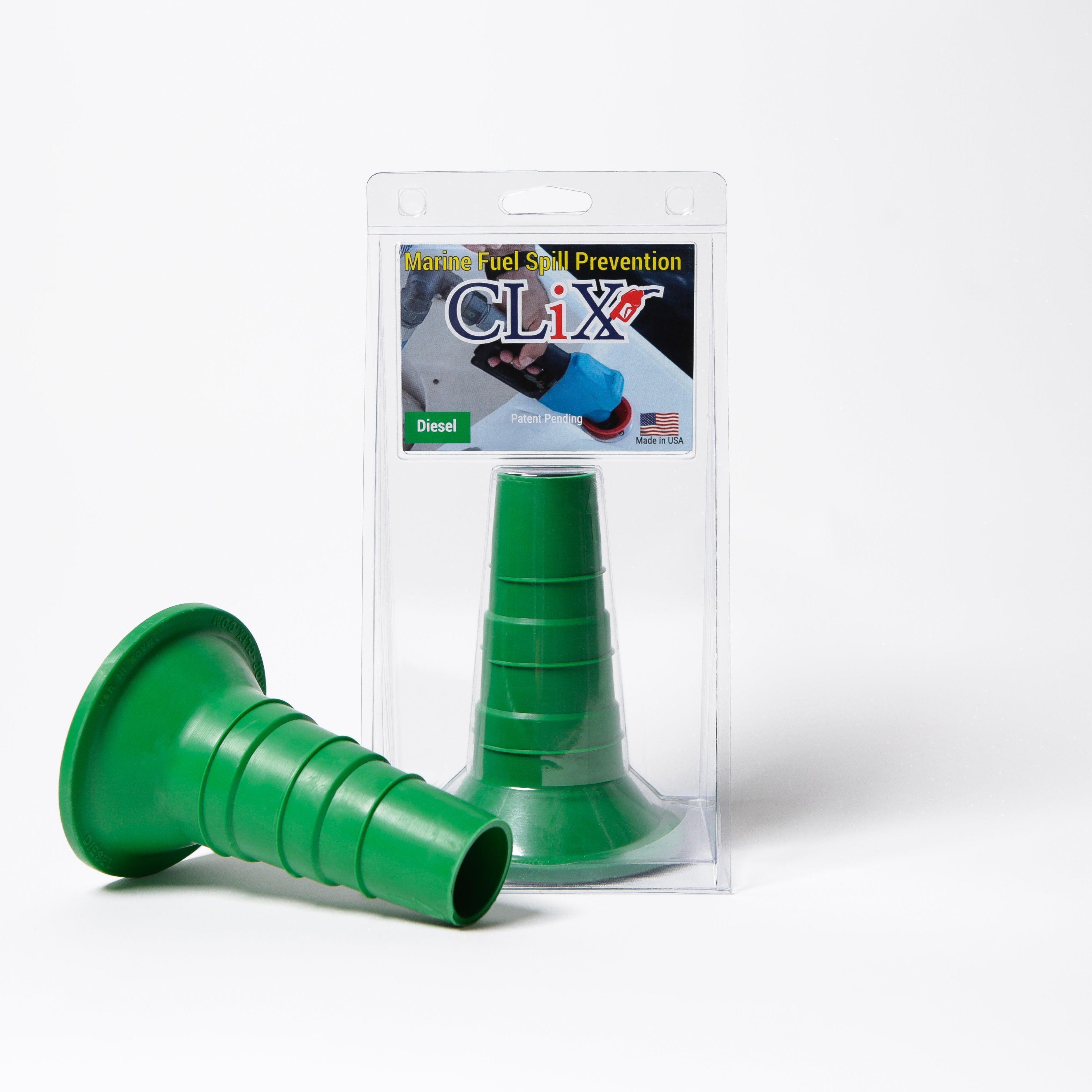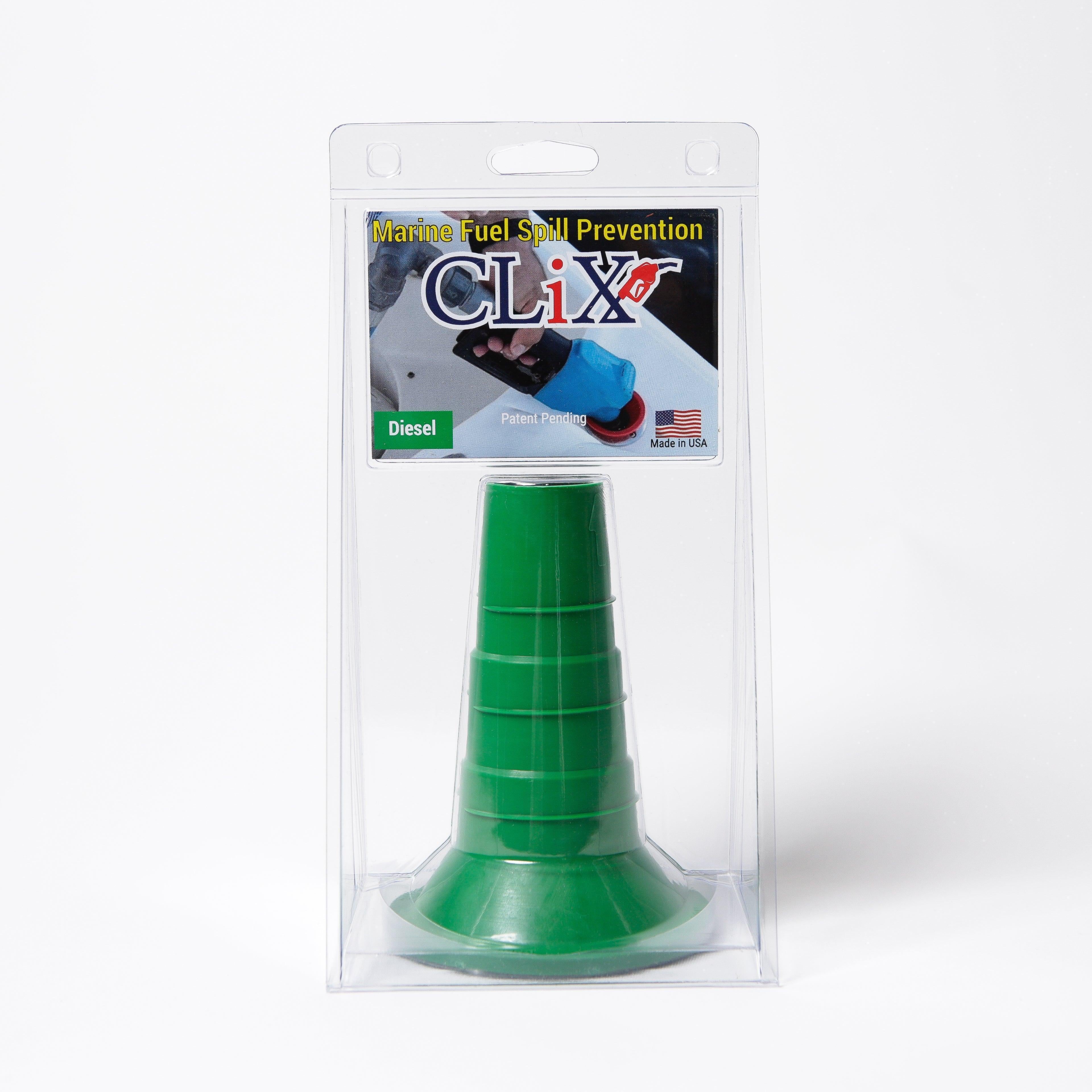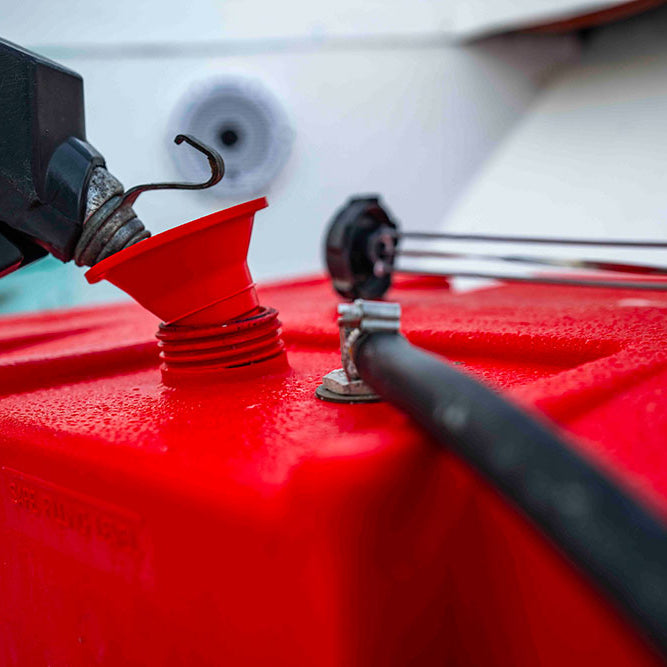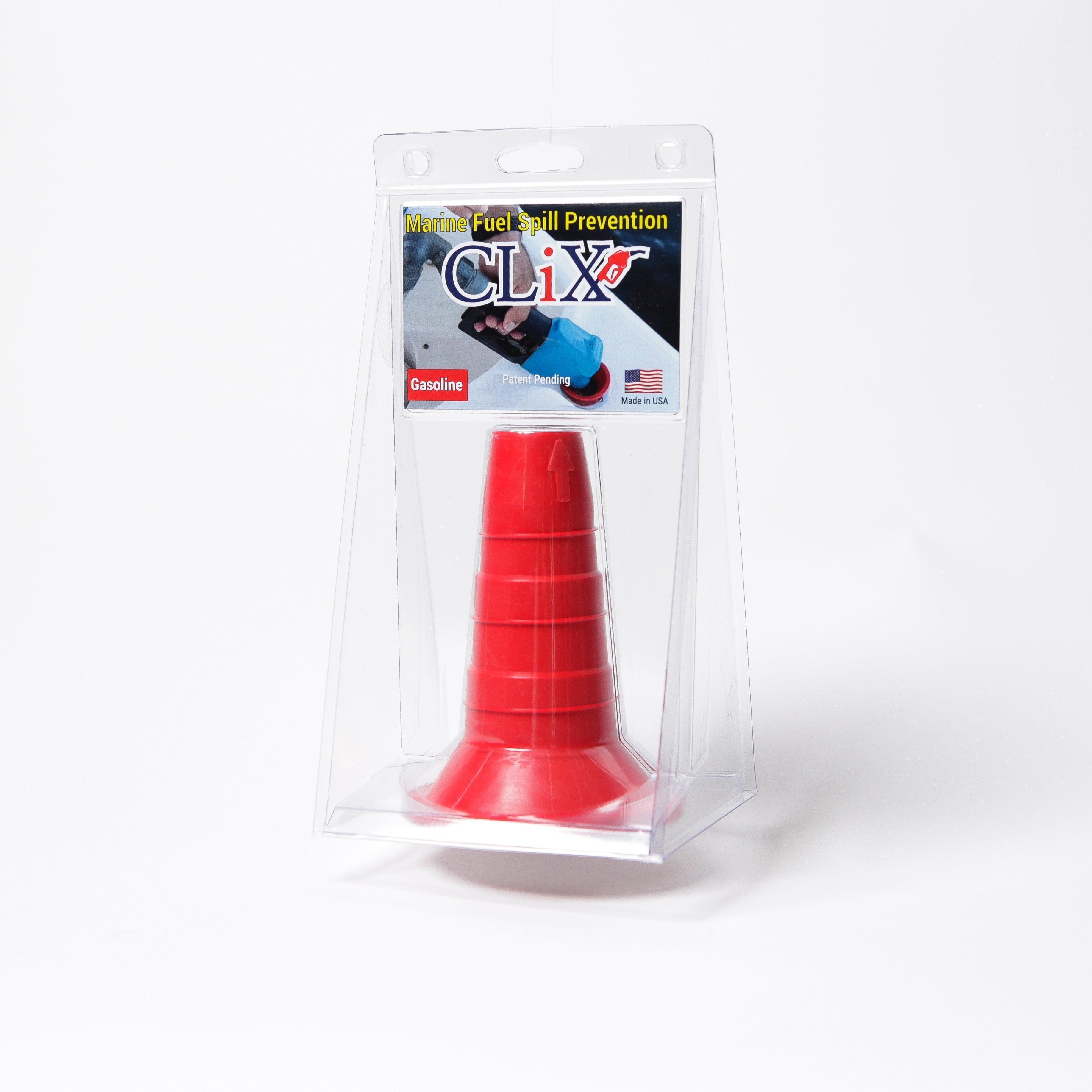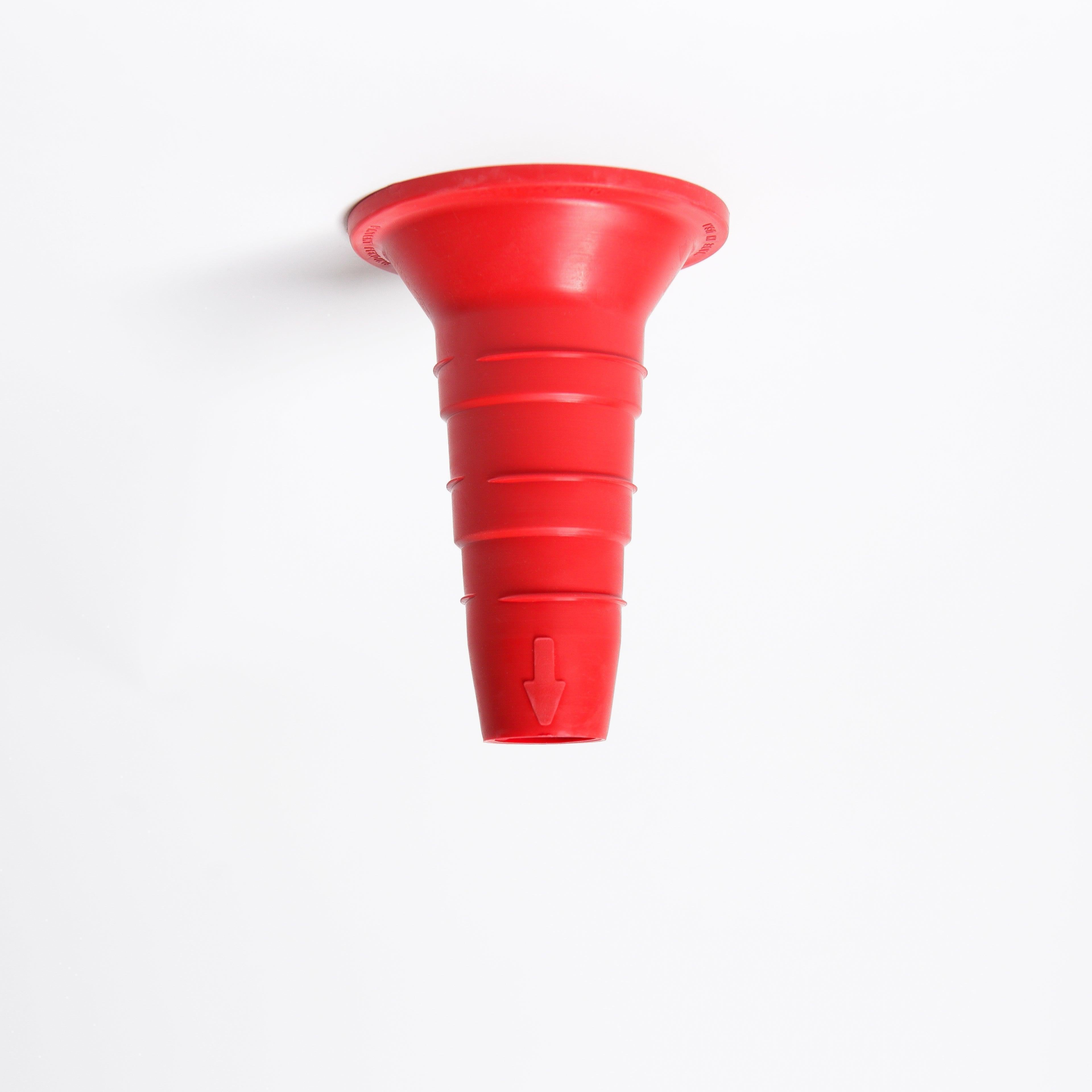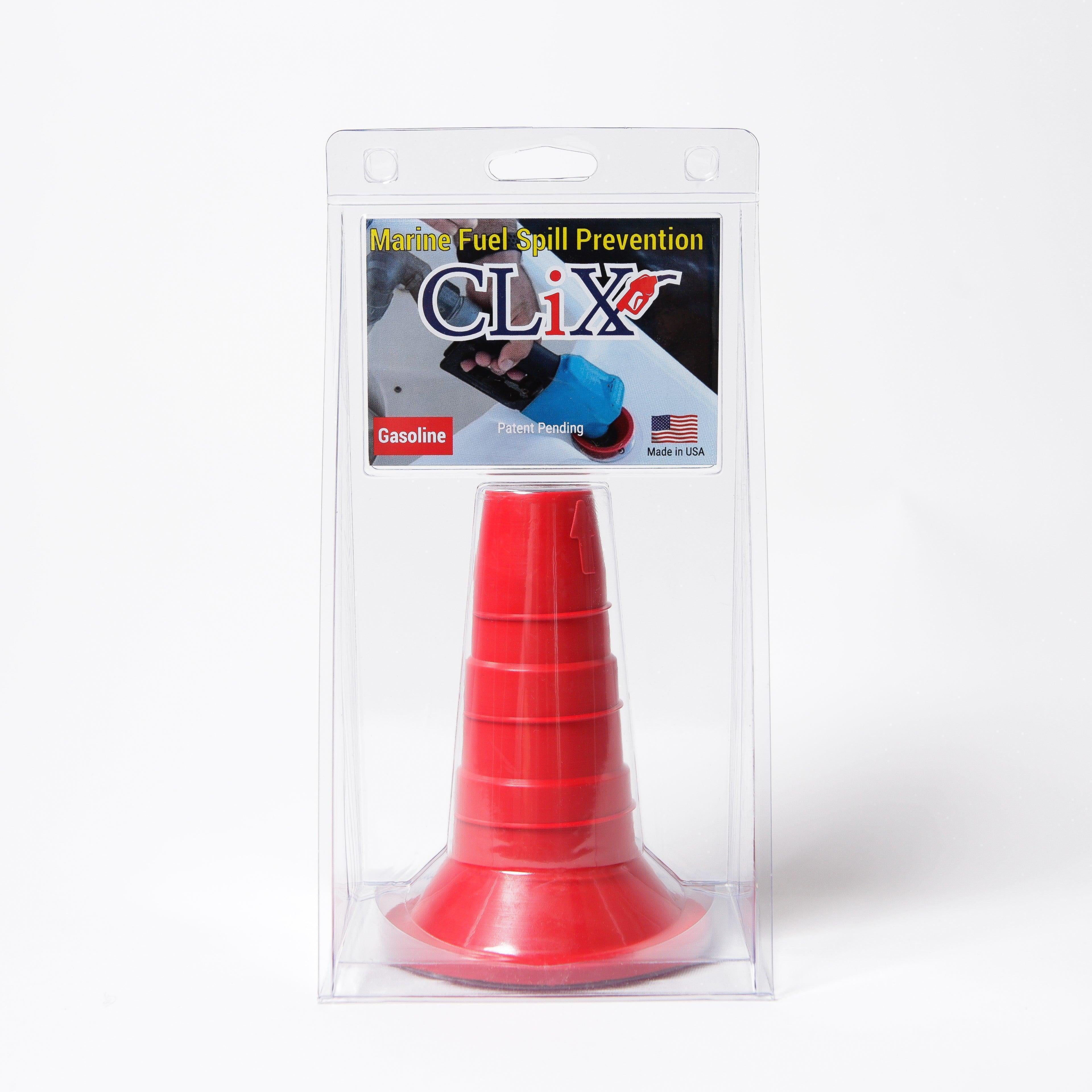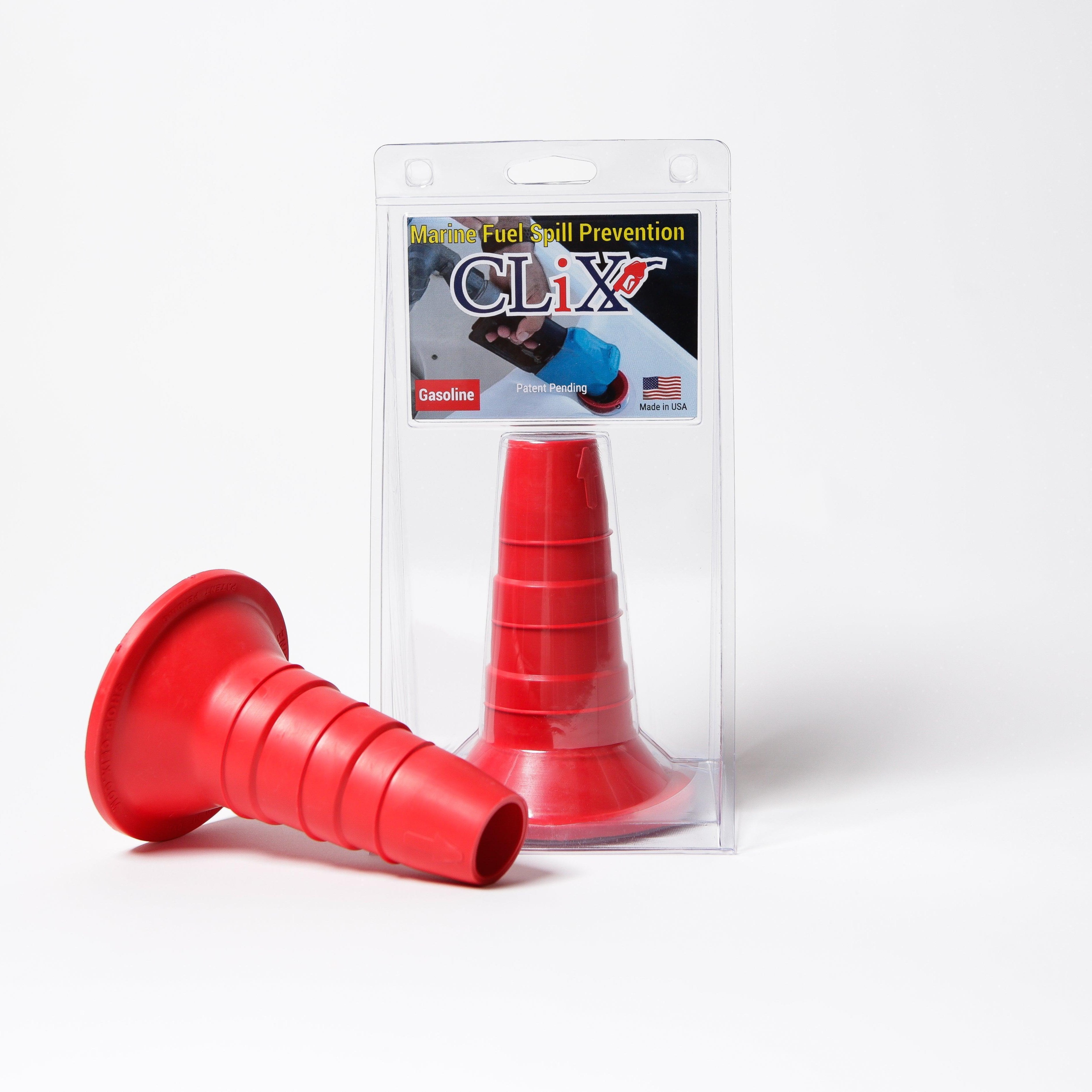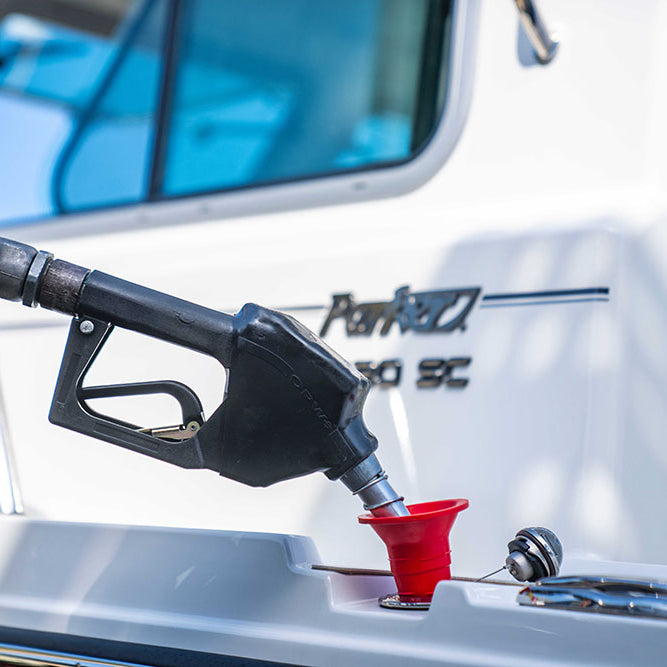Why Every Boater Should Master Bottom Painting

Maintaining a boat involves more than just keeping it looking good. It's also about preserving its performance and value. A frequently overlooked yet critical aspect of boat maintenance is bottom painting. This seemingly simple task is actually the first line of defense against underwater threats that can significantly impact your vessel's efficiency, lifespan, and overall enjoyment.
The Real-World Impact of Bottom Painting
Think of bottom paint as a protective layer for your hull. Antifouling paint shields your boat from marine organisms like barnacles, algae, and slime that can attach themselves to the hull. This buildup, known as biofouling, creates drag, reducing your boat's speed and fuel efficiency. Neglecting bottom painting can lead to a noticeable decrease in performance, making your engine work harder and use more fuel.
Biofouling can also cause more severe long-term problems. Certain organisms can bore into the hull’s surface, leading to expensive repairs and potentially compromising the boat's structure. This is especially important in saltwater environments, where the corrosive nature of the water intensifies the damage caused by biofouling.
The Benefits of a Protected Hull
Proper bottom painting provides more than just protection. It also offers several tangible benefits:
- Improved Fuel Efficiency: A clean hull experiences less drag, resulting in significant fuel savings over time.
- Enhanced Speed and Performance: With less resistance in the water, your boat will move more efficiently and reach higher speeds.
- Reduced Maintenance: Preventing biofouling means less time spent scraping and cleaning your hull, giving you more time to enjoy being on the water.
- Increased Vessel Lifespan: Protecting your hull from marine growth and corrosion helps extend the life of your boat.
The growing demand for boat bottom paint further emphasizes its importance. The global market, valued at approximately USD 2.5 billion in 2023, is projected to reach around USD 4.5 billion by 2032. This growth is driven by increased investment in boating infrastructure and the rising popularity of water sports, indicating a growing awareness of the need for effective hull protection. Learn more about this growth here: Global Boat Bottom Paint Market
Expert Insights and Practical Advice
Professional captains often emphasize the importance of proper bottom protection, especially in challenging conditions. A well-maintained bottom ensures optimal performance and maneuverability, essential for both recreational and commercial vessels. For more information on boat maintenance, check out our guide on boating resources. By understanding the importance of bottom painting and investing in the right protection, you're not only safeguarding your vessel but also ensuring a more enjoyable and efficient boating experience.
Choosing Your Weapon: Bottom Paint Types Decoded

Protecting your boat's hull is essential, and choosing the right bottom paint is a key part of that. The ideal paint depends on several factors, including whether you boat in freshwater or saltwater, how often you're on the water, and the level of performance you need. Just like choosing the right fishing gear, the best bottom paint depends on your specific "fishing grounds."
Hard Bottom Paint: The Durable Choice
Hard bottom paints, also called modified epoxy paints, are known for their exceptional durability. This makes them a great choice for boats frequently used or moored for long periods. The hard, smooth finish resists marine growth. However, hard paints can be trickier to apply and might require more frequent cleaning, especially in areas with significant fouling.
Ablative Bottom Paint: The Self-Cleaning Option
Ablative bottom paints work by gradually wearing away as your boat moves. This constant erosion releases fresh biocide, preventing marine organisms from taking hold. This self-cleaning feature reduces maintenance, making them a popular option. Keep in mind, ablative paints aren't as durable as hard paints and might not be the best choice for high-speed boats.
Hybrid Bottom Paint: The Best of Both Worlds
Looking for a compromise? Hybrid bottom paints offer the best of both worlds. They combine the durability of hard paints with the self-cleaning action of ablative paints. This versatility makes them suitable for a wide range of boating situations and provides solid protection against fouling. A hybrid paint could be a perfect fit for a boat used regularly in moderately fouled waters. You might be interested in: Checking our product sitemap for compatible paints
Specialty Bottom Paints: Tailored Protection
For unique situations, specialty bottom paints are designed for specific needs. This includes formulations for aluminum hulls, racing boats, and even eco-friendly options to minimize environmental impact. Choosing a specialty paint can ensure optimal performance and protection in niche boating environments.
To help you compare the various bottom paint options, take a look at the table below. It summarizes the key characteristics of each paint type.
To help you choose the best bottom paint for your vessel, we've compiled a comparison table outlining the various types, their durability, application difficulty, cost, ideal applications, and environmental impact.
Comparison of Boat Bottom Paint Types
| Paint Type | Durability | Application Difficulty | Cost Range | Best For | Environmental Impact |
|---|---|---|---|---|---|
| Hard Bottom Paint | High | More Difficult | High | Frequently used boats, boats moored for extended periods | Moderate |
| Ablative Bottom Paint | Moderate | Less Difficult | Moderate | Boats in moderate fouling conditions, boats not used at high speeds | Moderate |
| Hybrid Bottom Paint | Moderate to High | Moderate | Moderate to High | Wide range of boating conditions | Moderate |
| Specialty Bottom Paint (Aluminum Hulls) | Varies | Varies | Varies | Aluminum boats | Varies |
| Specialty Bottom Paint (Racing Boats) | High | More Difficult | High | Racing boats | Varies |
| Specialty Bottom Paint (Eco-Friendly) | Varies | Varies | Moderate to High | Environmentally conscious boaters | Low |
This table provides a general overview, and specific product performance can vary. Consulting with a marine paint professional is always recommended.
The boat bottom paint market is experiencing significant growth. The global leisure boat marine coating market, which includes bottom paint, was valued at $2 billion in 2021 and is projected to reach $4 billion by 2031, growing at a CAGR of 7.3%. This growth is driven by factors like a rising number of high-net-worth individuals and increasing participation in recreational water sports. Learn more: Leisure Boat Marine Coating Market. Understanding the different types of bottom paint is crucial for making an informed decision and ensuring effective protection for your boat.
Prep Work That Makes or Breaks Your Results
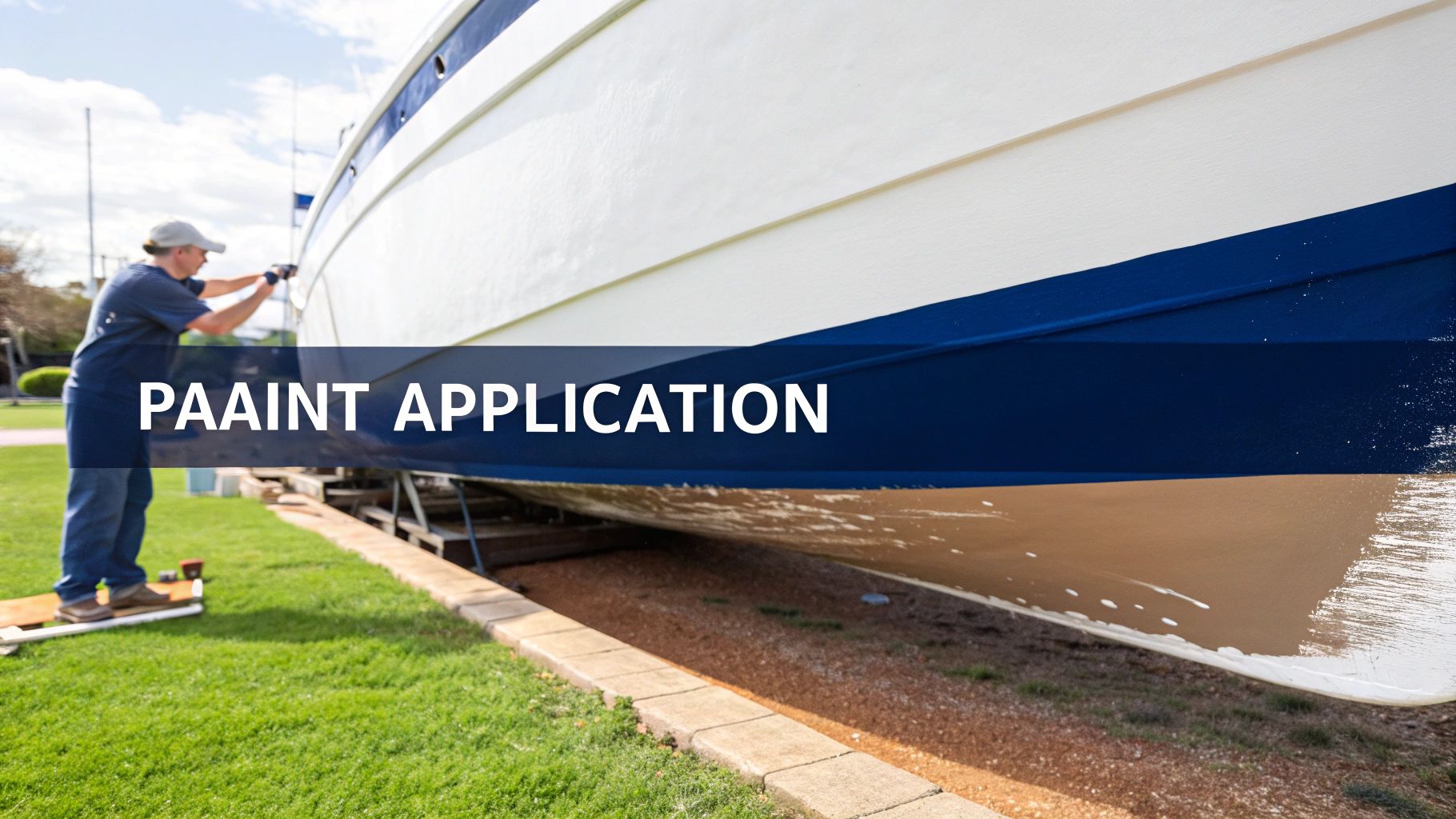
A successful boat bottom painting project relies heavily on the quality of the preparation. Just like a house needs a strong foundation, your boat’s hull needs proper prep work for long-lasting paint adhesion. Skipping steps or rushing through the process can lead to premature paint failure, ultimately costing you more time and money down the line. This guide covers the crucial steps to get your hull ready for a smooth and effective painting process.
Assessing The Existing Coating
Before grabbing your scraper or sander, evaluate your current bottom paint. This assessment helps you decide how to proceed. Is the paint flaking or peeling? Is there noticeable marine growth? The condition of the existing paint will determine if you need to remove it completely or if a good cleaning and light sanding will do the trick.
Marine Growth Removal: The First Line of Defense
Removing marine growth is a must. Barnacles, algae, and other organisms create an uneven surface, which prevents the new paint from adhering correctly. A scraper or pressure washer can effectively remove these growths. For tough barnacles, a specialized barnacle scraper will be a lifesaver.
Hull Damage: Identifying and Addressing Imperfections
Once the marine growth is gone, inspect the hull for damage. Check for cracks, blisters, or any signs of deterioration. Addressing these before painting is vital for long-term hull protection. You can fill small imperfections with epoxy or other suitable fillers. Larger repairs may require professional help.
Sanding and Smoothing: The Key to Adhesion
After cleaning and repairing the hull, sanding creates the smooth surface necessary for proper paint adhesion. Use the correct grit sandpaper for your specific paint type. Be careful not to over-sand, as this can damage the gelcoat. Much like prepping a wall for painting, a smooth hull ensures even paint coverage and a professional-looking finish. This also reduces the chance of the new paint peeling or flaking.
Environmental Considerations: Protecting Our Waterways
Proper disposal of scrapings and sanding dust is extremely important. These materials often contain biocides and other harmful substances that can pollute our waterways. Collect and dispose of this waste according to your local regulations. Protecting our shared aquatic environment benefits everyone who enjoys boating. Taking this important step helps ensure a healthier marine ecosystem for future generations. By following these preparation steps, your boat bottom paint will last longer, offer better protection for your vessel, and provide a much smoother and more enjoyable painting experience.
Application Mastery: Painting Like a Professional
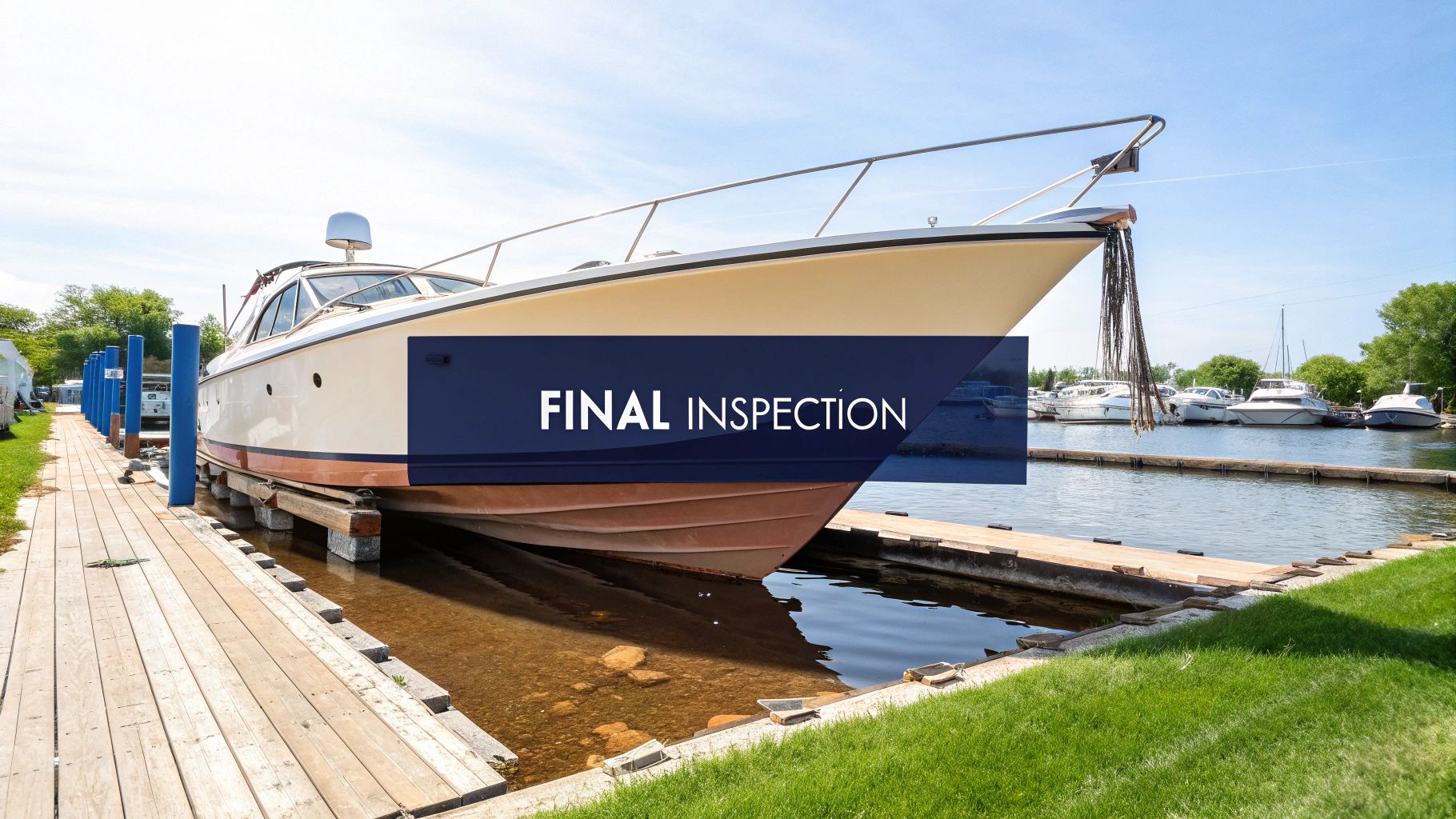
Proper boat bottom painting goes beyond selecting the right paint and prepping the hull. The application itself is key to a beautifully protected and high-performing boat. Just like an artist with a canvas, your application technique directly affects the paint's effectiveness and how long it lasts. This section explores professional techniques for achieving flawless, long-lasting results.
Timing Is Everything: Ideal Conditions for Application
Timing is crucial for a successful paint job. Avoid painting in direct sunlight or extreme temperatures. High heat can cause the paint to dry too quickly, resulting in an uneven finish and reduced effectiveness. Cold temperatures, on the other hand, can prevent the paint from curing properly. The ideal scenario is a shaded area with moderate temperatures and low humidity.
Equipment Essentials: The Right Tools for the Job
The right equipment makes a world of difference. A standard brush might work for small areas, but a roller or sprayer dramatically improves coverage and efficiency, particularly on larger hulls. A foam roller, for example, creates a smooth, even coat, while a sprayer is perfect for those hard-to-reach spots. Investing in quality tools ensures a professional look and minimizes wasted paint.
Mixing Mastery: Activating Your Paint’s Potential
Proper mixing is essential. This activates the paint's biocides and ensures even distribution of its protective elements. Always follow the manufacturer’s instructions for your specific paint. This usually involves thorough stirring to blend any settled pigments and additives. Improper mixing can lead to inconsistent coverage and reduced protection against fouling.
Targeting Trouble Zones: Waterlines, Through-Hulls, and Tight Corners
Pay close attention to challenging areas like waterlines, through-hulls, and tight corners. These spots are prone to premature failure due to constant water exposure and potential abrasion. Applying multiple thin coats to these areas ensures full coverage and strong adhesion, providing extra protection where it's needed most.
Weather Wisdom: Adapting Your Approach
Weather significantly impacts your paint job. Wind can cause overspray, and rain can wash away fresh paint. Always check the forecast before you begin. If rain is expected, postpone your project to protect the paint's effectiveness. Also, consider the effect of temperature and humidity on drying time. The marine coatings market is constantly adapting to these factors. Historically, the boat bottom paint market has seen fluctuations due to factors like environmental regulations and new technologies. The future of this market appears promising, with demand for eco-friendly coatings driving innovation. You can explore this further: Boat Bottom Paint Market Research.
Troubleshooting Techniques: Addressing Common Issues
Even with the best planning, problems can occur. Runs, drips, and uneven coverage are common and easily fixed with quick action. Use a brush or roller to smooth out runs or drips before they dry. For uneven coverage, add another thin coat once the previous one is dry to the touch. Mastering these application techniques is an investment in your boat's performance and lifespan.
Navigating Environmental Regulations Without Compromise
Protecting your boat’s hull is essential. But equally important is protecting the waters we all enjoy. The world of boat bottom paint is constantly evolving to meet stricter environmental regulations. This means boat owners need to stay informed about the latest rules and available eco-friendly options. This section explores how to effectively protect your hull while complying with current and future environmental standards.
Understanding the Regulatory Landscape
Environmental regulations for boat bottom paint vary significantly across different regions. Some areas have already banned certain biocides like copper, a common antifouling paint ingredient. Other regions are phasing out specific chemicals, requiring boaters to switch to greener alternatives. Staying up-to-date on these regulations is key to avoiding penalties and ensuring your boat is compliant wherever you sail.
You might be interested in: Exploring our sitemap for helpful resources.
The Rise of Eco-Friendly Bottom Paints
Fortunately, the boat paint industry is developing innovative, eco-friendly solutions. These eco-paints use alternative biocides or employ new technologies, like silicone-based coatings, to minimize environmental impact without compromising performance. These paints often release biocides more slowly, reducing their concentration in the water.
Adapting Your Bottom Painting Practices
Besides choosing compliant paints, boaters can adopt other environmentally sound practices. Here are a few key examples:
-
Proper Disposal of Paint Waste: Never dispose of leftover paint or cleaning solvents in the water or down the drain. Always use designated hazardous waste collection sites.
-
Minimizing Overspray: Use drop cloths and masking tape to contain paint during application and prevent it from reaching the water.
-
Regular Cleaning: A clean hull reduces the need for frequent repainting, minimizing your environmental impact.
Exploring Regional Regulations and Alternatives
To help illustrate the differences in regulations, the following table provides a general overview. It highlights variations in environmental regulations across different boating regions, lists some allowed alternatives, and outlines general compliance requirements.
Environmental Regulations for Boat Bottom Paints by Region
| Region | Current Restrictions | Upcoming Changes | Allowed Alternatives | Compliance Requirements |
|---|---|---|---|---|
| Region A | Copper-based paints restricted in certain areas | Complete ban on copper-based paints by 2025 | Silicone-based paints, biocide-free coatings | Mandatory annual inspections |
| Region B | Restrictions on certain biocides | Increased restrictions on heavy metal-based paints | Copper-free ablative paints, low-VOC paints | Proof of purchase of compliant paint |
| Region C | No specific restrictions currently in place | Potential restrictions on certain biocides based on ongoing studies | Wide range of bottom paints available | Voluntary compliance with best practices |
This table offers a simplified example and doesn't reflect specific regional regulations. Always consult your local laws and regulations for detailed information.
The Future of Sustainable Boating
Environmental awareness is shaping the future of boating. As regulations change, boaters and manufacturers are embracing more sustainable practices. By understanding the regulations and adapting our bottom painting methods, we can contribute to cleaner, healthier waters for future generations of boaters.
Extending Bottom Paint Life: Maintenance That Matters
A fresh coat of bottom paint is an investment. It boosts your boat's performance and helps it last longer. But the work doesn't stop after the paint dries. Proper maintenance is key to getting the most out of your bottom paint. Think of it like changing the oil in your car—regular upkeep prevents bigger, costlier problems later. This section shares the secrets to extending the life of your bottom paint, saving you both time and money.
Professional Cleaning Techniques: Preserving Your Protection
Even with antifouling paint, slime, algae, and other marine growth can build up on your boat’s hull. Regular cleaning is essential. But be careful! Harsh chemicals or high-pressure washing can damage the paint and make it less effective. This is especially true for ablative paints, designed to wear away gradually.
-
Gentle Cleaning Solutions: Use marine-specific cleaning products. These are designed to be gentle on your paint while effectively removing biofouling. Skip the harsh household cleaners, which can strip away the protective coating.
-
Soft-Touch Tools: Clean the hull with soft-bristled brushes, sponges, or non-abrasive pads. Steer clear of abrasive tools like wire brushes or scrapers, which can scratch the paint.
-
Pressure Washing with Care: A pressure washer can be a powerful tool, but use it cautiously. Too much pressure can damage the paint, especially ablative types. Use a wide-angle nozzle and keep a safe distance from the hull. Think of it like watering delicate plants—a gentle spray is sufficient.
Underwater Inspections: Catching Problems Early
Regular underwater inspections are like checkups for your boat. They help you find small problems before they become big, expensive repairs. Just like a doctor’s visit, these inspections give you a clear picture of your hull’s health.
-
Visual Inspection: Look for peeling, flaking, or blistering paint. Also, check for excessive marine growth, a sign that the antifouling properties might be weakening.
-
Checking for Damage: Inspect the hull for cracks, scratches, or other damage. These can compromise the paint's protection and should be fixed quickly.
-
Warning Signs: Pay attention to changes in your boat’s performance. Reduced speed or increased fuel consumption can indicate hull fouling or paint failure.
Seasonal Maintenance: Adapting to Changing Conditions
Just as you change your clothes with the seasons, your boat's maintenance needs change too. Adjusting your schedule based on the season and how often you use your boat is a smart way to protect your bottom paint.
-
Seasonal Layup: If you store your boat for part of the year, clean and inspect it thoroughly beforehand. This prevents marine growth from taking hold while the boat isn't being used.
-
Increased Usage: If you use your boat more often during certain months, you'll need to clean and inspect it more frequently to control fouling.
-
Environmental Factors: Warmer water tends to accelerate marine growth, requiring more frequent cleaning. Adapt your maintenance approach to your local water conditions and climate.
Touch-Ups and Repairs: Seamlessly Blending Protection
Small touch-ups and repairs can go a long way. They extend the life of your bottom paint and prevent minor issues from becoming major headaches. It’s like touching up a scratch on your car—a small fix can prevent rust and maintain the finish.
-
Spot Repairs: Fix small areas of peeling or flaking paint to prevent further damage. Lightly sand the area and apply a thin coat of compatible bottom paint.
-
Blending Techniques: Feather the edges of the touch-up area to create a smooth, seamless blend.
-
Professional Assistance: For larger repairs or significant damage, consult a professional boatyard or paint specialist.
Proper maintenance is an investment in your boat’s performance and longevity. Following these practical tips can significantly extend the life of your bottom paint and ensure a cleaner, more efficient boating experience. Looking for a hassle-free fueling experience too? Check out CLiX Fueling Solutions for spill-free, worry-free fueling.

